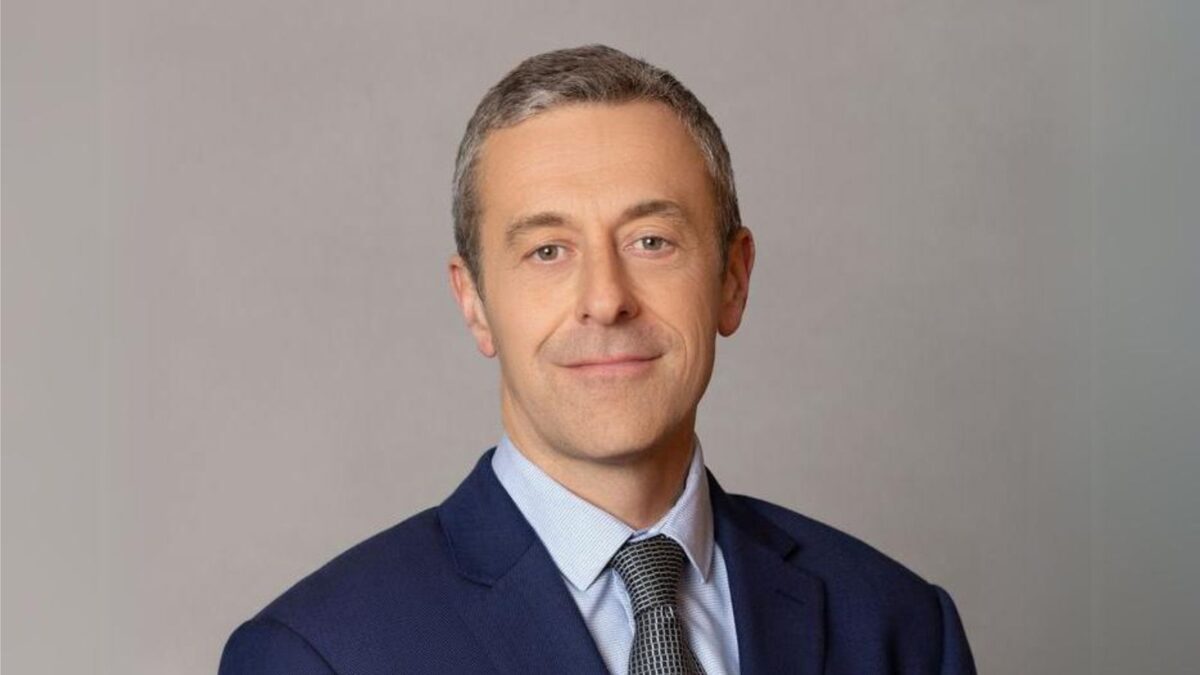A passive ‘takeover’ by 2017 – EY
by David Chaplin
Indexers will overtake their active peers within 10 years, according to new research by consultancy firm EY, with exchange-traded funds (ETFs) set to reap the greatest rewards. This is actually good news for active managers.
EY projects passive funds will grow global market share from the current 24 per cent to 31 per cent by 2020, ratcheting up to “exceed active funds by 2027”.
And, if prevailing trends hold, ETFs should seize a large chunk of this passive action, the EY report says, as the sector is on track to sustain a cumulative annual growth rate (CAGR) of close to 20 per cent.
“We believe global ETF assets could reach $7.6t by the end of 2020 – equivalent to a CAGR of approximately 18% (13%- 14% of which will come from net new inflows) – underpinned by the shift to passive, the size of ETFs relative to the overall market and ETFs’ suitability for digital distribution,” the EY ‘Global ETF Research 2017’ report, authored by co-head writer Lisa Kealy, says.
While the seemingly unstoppable ETF growth trajectory was supported by “almost every” recent global investment trend – including a post-GFC appetite for passive, the rise of individualised retirement saving, regulatory focus on financial services and technology like robo-advice – EY says the industry should not take victory for granted.
“In fact, our survey shows that 50% of respondents think it may not matter whether investors buy ETFs or conventional trackers in the future,” the EY report says.
The study notes ETFs and unlisted passive funds are experiencing “convergence” as hybrid products and listed managed funds enter the market. At the same time investors were beginning to realise that ETFs may “not be the best passive vehicle” for all circumstances.
“Furthermore, traditional active managers are fighting back against the shift to passive,” the EY report says. “Active houses are developing their own alternatives to smart beta, and focusing on illiquid assets that cannot easily be replicated by ETF providers. Some are also changing their fee structures, levying low management fees with additional charges for index outperformance.”
Nonetheless, EY predicts “almost all” fund managers will offer either passive or active ETFs (or both) within five years.
“This reflects a variety of strategic goals, including competing in the ETF space; defending against the ‘hollowing out’ of mutual funds; and tapping into digital distribution,” the report says. “Many new entrants will focus on areas such as fixed income or smart beta. In most cases, ETFs will only form part of their product range.”
The growing competition will inevitably ramp up the ETF ‘price wars’, EY says, with managers forced to engage in ruthless cost-cutting across the product manufacturing chain.
“.. in reality, the importance of fees in attracting inflows means that most firms reduce charges whenever they can,” the study says. “Low fees and intense competition help ETFs to stand out in a crowded market and encourage regulators, legislators and the media to view the industry in a positive light.”
With little room for error in administering ETFs back-office providers such as custodians will look to automation and artificial intelligence to deliver high-quality services at scale.
“Several global custodians are investing heavily in their ETF capabilities, but the build-up of human and technology costs will present asset servicers with their own margin challenges,” the EY report says.
Retail investors, too, will become more demanding and sophisticated as they gather experience in using ETFs to build entire portfolios, the study says.
“As time goes by, investors develop a better understanding of total costs of ownership, leading to closer attention on bid/ask spreads, tracking error and brokerage costs,” EY says.
The report says ETF investors also can’t ignore the “major effect” of tax on returns. While the impact varies across jurisdictions, EY says in some cases investors can pay more tax holding an ETF than when owning the individual securities outright.
“Different countries’ approach to dividend withholding tax (DWT) rebates can also affect the performance of ETFs with international holdings, depending on the nature of double tax treaties,” the study says.
In spite of the growth in retail markets, the report says institutional investors would continue to dominate the ETF market “for the foreseeable future”.
Overall, the global ETF was poised to expand further as long as the industry confronts “its own unique threats and opportunities”.
“On the upside, the ETF structure remains ideally suited to innovative product development and could have been designed for the era of digital advice,” the EY study says. “On the downside, questions persist over the possible performance of ETFs in a financial crisis.”
The ‘Reshaping around the investor’ report was authored by an EY team comprising: Lisa Kealy, Kieran Daly, Andrew Melville, Pierre Kempeneer, Matt Forstenhausler, Mark Michel, and Julie Kerr.
– Investment News NZ








